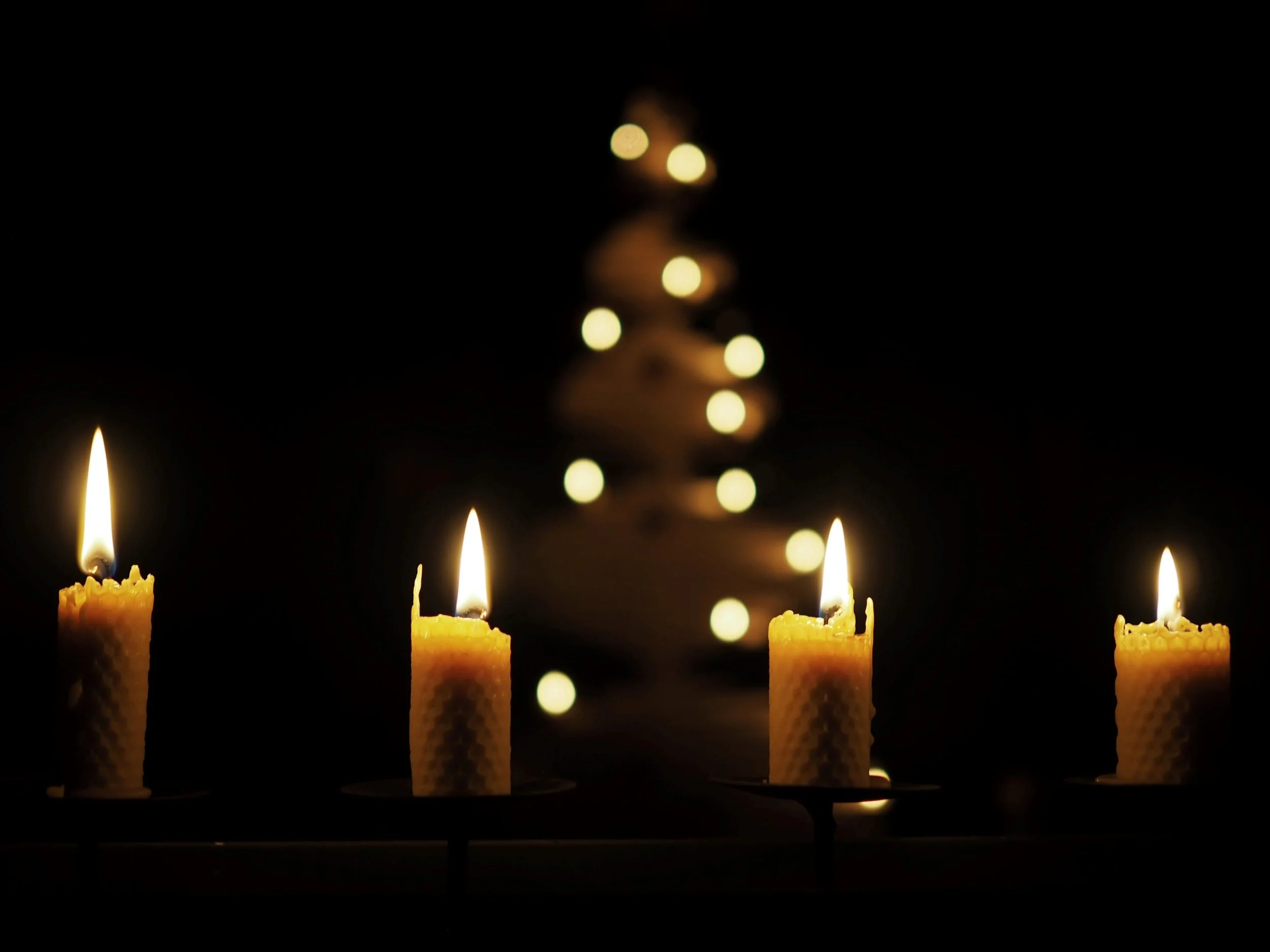Do Your Holiday Traditions Evoke Pleasure or Pain?
Reminiscing holiday traditions growing up, I think of blessing Easter Baskets, celebrating Christmas Eve at my Bushi’s (Polish grandma) house and enjoying Thanksgiving at my Aunt and Uncle’s. Getting dressed up with black freshly polished patent leather shoes and an Easter bonnet which were all lined up the night before brings back the joyful smells of the day. Since I was the youngest, our large Thanksgiving dinner at my Aunt and Uncle’s had me relegated to the “children’s table” which I never graduated from even in college. In my Bushi’s tiny basement, my dad’s enormous family were cozily scrunched together on folding tables and chairs with a large buffet of Polish delicacies. In hindsight, many of the traditions brought both joy and heartache. Trying to develop traditions that are unifying is an objective for any family, but sometimes unintentional pain is inflicted on a member. How do you avoid the hurt feelings associated with the holiday traditions?
Before Easter morning, my mom had 5 daughters get their hair washed and curled with old fashion hair rollers. All our outfits were laid out the night before in crisp clean coordinating colors along with our shoes and bonnets. The blessed Easter baskets filled with colorful eggs, Polish sausage and lamb cake aromatized the entire house. These fond Norman Rockwell type memories did not trickle down into my family’s traditions. Easter usually coincided with spring break which meant we were traveling. My attempt at an occasional lamb cake and coordinated outfits for our boys were met with resistance. And our attempt at any public Easter egg hunt brought out our boys’ competitiveness causing less zealous children to cry and parents looking at us with distain. For the sake of family harmony, Easter was soon dropped from the list of our family holidays. It is okay to stop a family tradition if it no longer functions in your family unit and especially if it causes anguish among the members. Just let it go.
As we wrap up our Thanksgiving celebration this year, my recollection of this holiday as a youth paints a picture of the feast we had at my Aunt’s and Uncle’s place. Fine china, crystal and silver were all set around decorative flowered center pieces and glowing candelabras. Large juicy turkeys, homemade mashed potatoes, stuffing, and a secret recipe vegetable casserole adorned the buffet. At the main table in the grand dining room, the hosts, my parents, and grandparents sat along with a select few children who were presumed to be mature enough to handle the proper dining etiquette and conversation. I, however, being the youngest in the family, never graduate to the main table. In a separate room, a cart table and chairs were positioned in a corner decorated less ornately. It was the children’s table even when I was a young adult in college. This feeling of being excluded led to a purposeful decision to include all family at every age level at our Thanksgiving table. Although difficult at times with a larger group, we accommodated by bringing the kitchen table into the dining room or rented a round table large enough for the group. Still adhering to the fine china, crystal, and silver rule for a formal, but festive arrangement, we enjoy the conversations from those young and old. It is unifying to be inclusive with traditions rather than exclusive, even if it is unintentional.
With the Christmas holiday quickly approaching, I reminisce on how young I was when the magic of Santa was no longer a reality. Like a mature five years old, I acted like it was no big deal to learn the truth. Besides, waking up Christmas morning was a workday for our family business. It took effort to keep the spirit of the holiday alive prior to a full day on the job. An easy out was for my parents to stop many family traditions, however, they took extra care to make it special the night before. We celebrated at my Bushi’s house which was filled with joy and love only a large family could provide. My godfather dressed as Santa would come for a visit. Afterwards, we would go to midnight mass and open presents when we got home. Opening gifts, the night before with my children were always strictly forbidden. We had a process of waking up, opening stocking stuffers, eating breakfast than individually handing out presents. Typically, we would have a work project that day followed by a gourmet feast elegantly appointed just like Thanksgiving. Pivoting from family traditions as my parents did is one solution to keeping the family bond, but so is making your own new traditions for your family as we did.
Traditions do not need to be passed down from prior generations. If a tradition does not fit into your current family’s mission, vision, and core values, move on. If it is not that important, let it go. New traditions can start if the old ones are no longer meaningful or a cause of stress and anxiety. If it is not inclusive, rethink how to embrace those feeling left out. Sometimes combining old and new can provide the comfort of the old way but accommodate the new realities such as this year’s COVID-19 restrictions. The important part is that a tradition brings joy and happiness into the holiday. Do you need to alter holiday traditions to promote family harmony?

